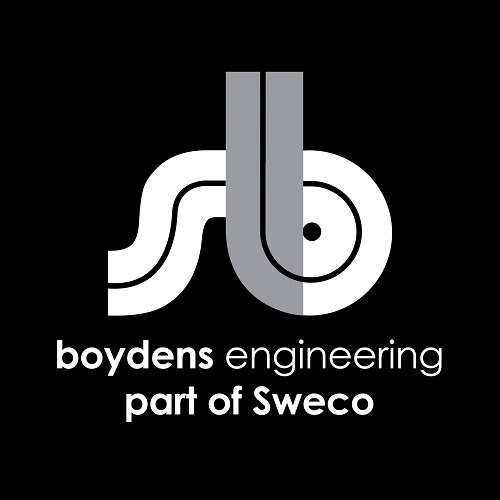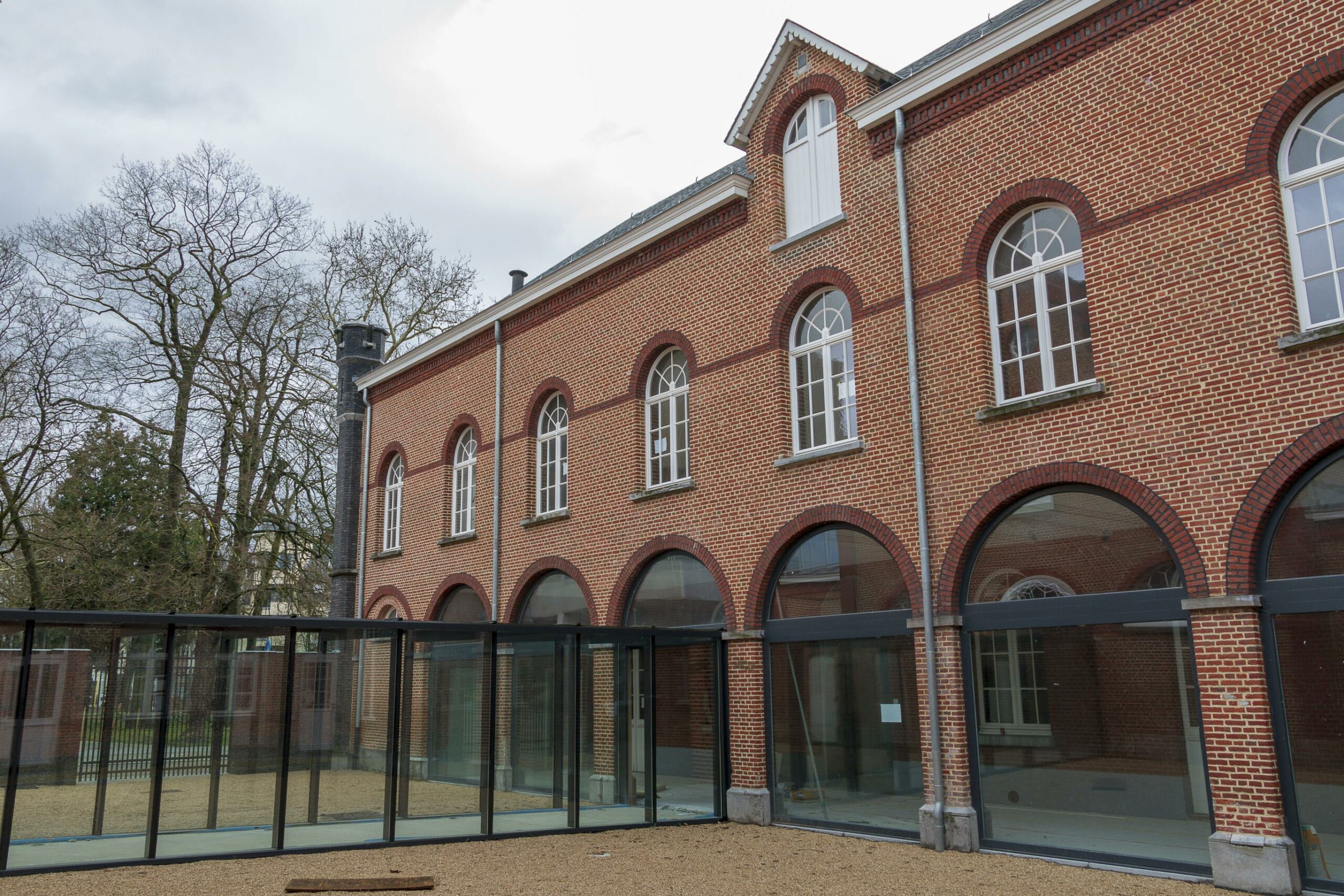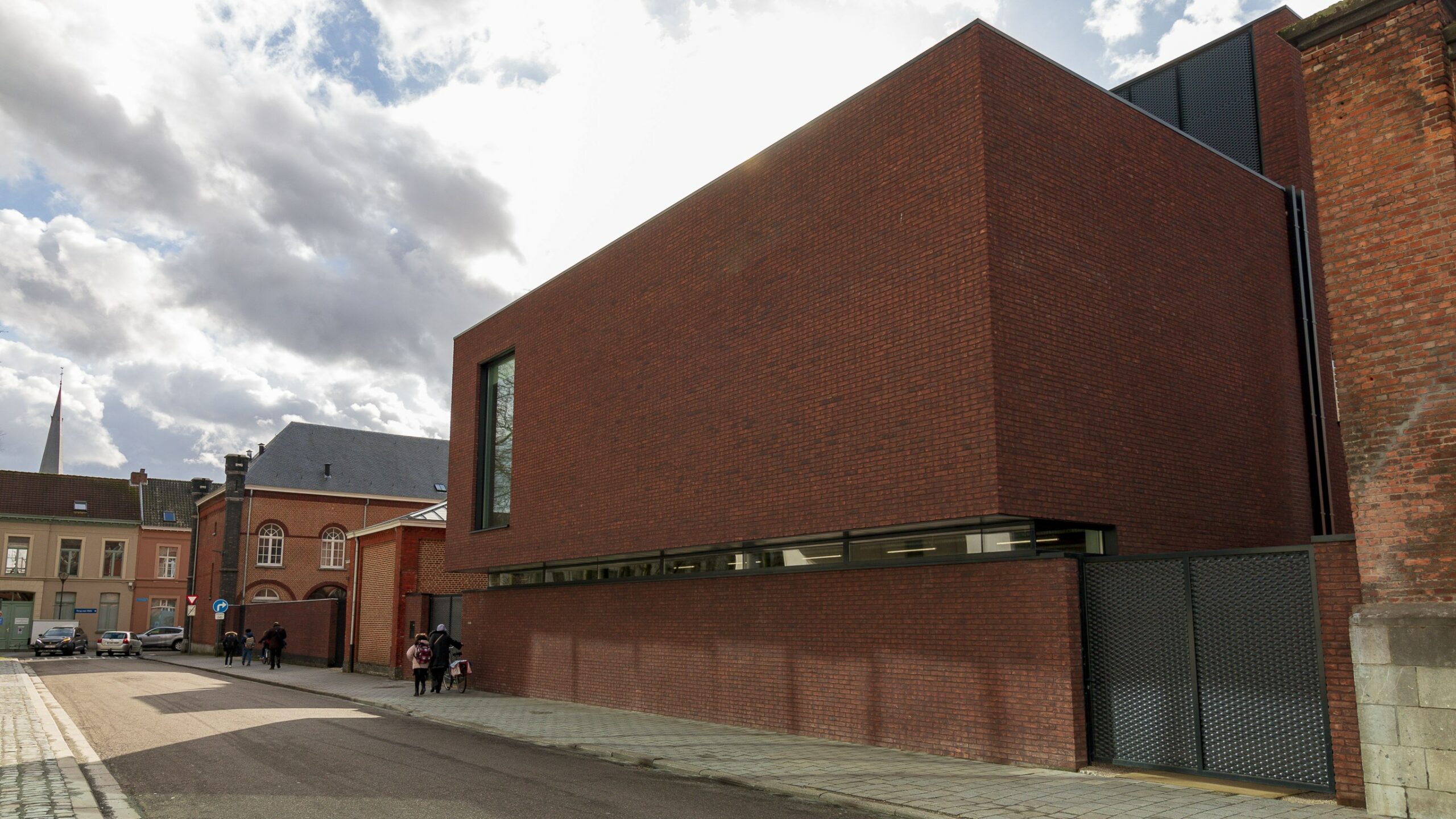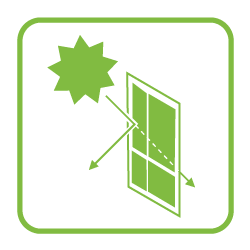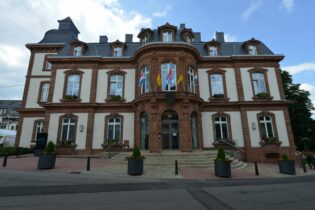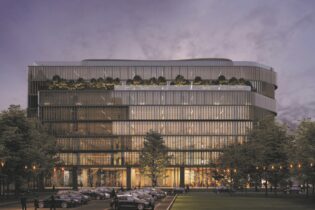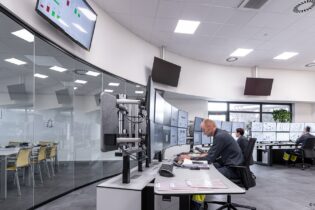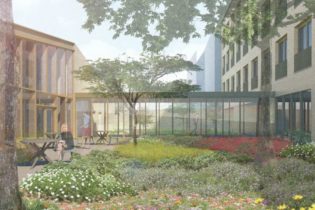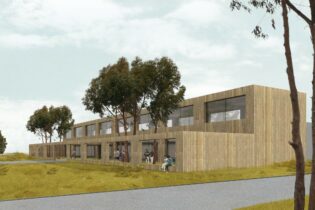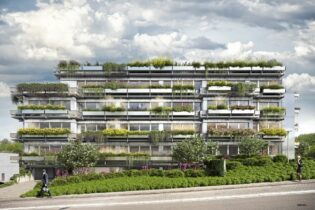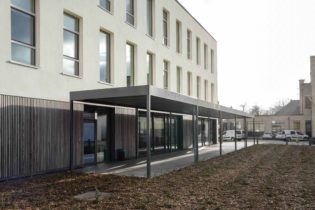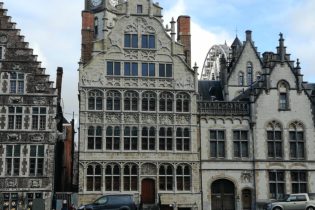Commercial Court
Turnhout, Belgium, Europe
| Total technical installations cost: | € 1.054.171,48 excl. vat |
| K Level / Energy class : | 18 |
| E Level: | 58 |
Project description:
This former gendarmerie station was built in 1866. Afterwards, it was used as peace court and later as police tribunal. Since 1999, the main building and the stable have been protected as a monument because of their architectural-historical value. Before the Commercial Court moved in, the roofs, façades and interior infrastructure of the listed building and the side extension were restored, renovated and extended with a new building section.
The existing main building was converted into offices for the judges and the administration. Reception and archive space were created in the former stable and the new building houses the courtrooms. Old and new are connected by a glass corridor.
The buildings are heated in the traditional way with condensing gas wall boilers. The offices are equipped with underfloor heating and radiators and, in the new building, with floor convectors and post-heating on the ventilation. An air handling unit with change-over battery provides the fresh air in the building and an air/water cooling group provides the cooling. The heat or cold from the extract air is recovered by a heat wheel in the air handling unit.
As well as LED lighting, the buildings were also equipped with fire detection in accordance with current standards. Due to the sensitive nature of the files handled here, an extensive ICT network was chosen, with highly separated networks between the law courts and the workplace.
